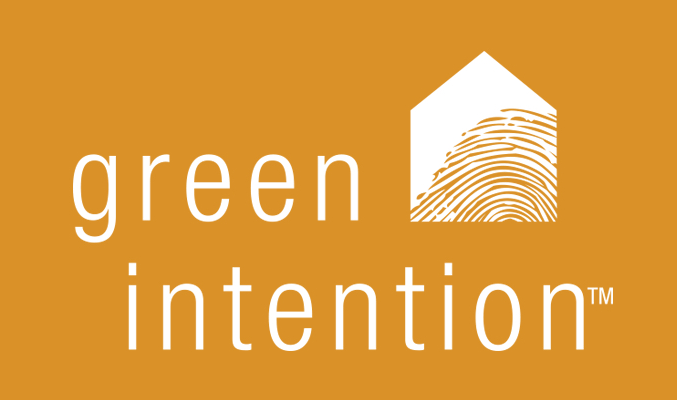The intent of this credit is to design landscape features to reduce local heat island effects. What is a local heat island effect? According to the LEED for Homes manual, it refers to
the absorption of heat by hardscapes, such as pavement and buildings, and its radiation to the surrounding areas. Particularly in urban areas, other sources may be present, such as heat and exhaust from cars and trucks, air-conditioners, and street equipment. The heat island effect causes higher temperatures, leading to increased demand for air-conditioning and potential disruption of local ecosystems.
For one point, we need to do one of the following:
a. Locate trees or other plantings to provide shading for at least 50% of sidewalks, patios, and driveways within 50 feet of the home. Shading should be calculated for noon on June 21, when the sun is directly overhead, based on five years’ growth.
b. Install light-colored, high-albedo materials or vegetation for at least 50% of sidewalks, patios, and driveways within 50 feet of the home. Acceptable strategies include white or gray concrete, open pavers, and any material with a solar reflectance index (SRI) of at least 29.
The hardscapes we have on our site are our driveway and our patios (on east and west sides). Our driveway is made of asphalt. This does not count as light colored material, and does contribute to the heat island effect. The asphalt driveway is honestly one of my least favorite things about our house — it is not green, but it definitely was the least expensive and easiest way to go. We explored pavers (very expensive up-front as well as on-going maintenance), concrete (our neighbors have this and it is very difficult to repair), and even a grass driveway (not very practical for Minnesota). We also looked at permeable pavers, which at the time were still fairly new to the market and we didn’t love what was out there. Vast Enterprises makes a permeable paver out of recycled materials, but to me, they gave off a certain smell, and we were not sure how well they would perform long-term. We reluctantly went with the asphalt driveway because of cost and convenience — the main reason for almost everything we do that is not sustainable. Had we to do it all over again (which we probably will when the asphalt needs re-doing), I might consider the EcoGrid made by Hanover Architectural Products.
Anyway, our driveway is lined with serviceberries and birch trees, but with the sun directly overhead, I don’t think they will provide much shading within 50 feet of the house. In fact, I don’t know how trees would do that unless they had huge branches hanging over the driveway, which might inhibit our ability to actually drive in the driveway. Also, our builder advises agianst locating trees very near the house, because their root systems could damage the foundation over time.
So, we try for part b. I need to calculate the total hardscape area within 50 feet of the house, and of that area, what square footage would qualify as light-colored or has a SRI of at least 29. When I look up SRI, the Portland Cement Association provides a good explanation:well:
SRI is one way to determine how much light energy a material reflects: stated another way, comparing SRI or SR of different materials tells which ones absorb less solar radiation. This is useful because darker materials absorb more heat, which is generally considered undesirable for its effect on the environment….Solar reflectance index, on a scale of 0 to 100 is the relative temperature of a surface with respect to standard white (SRI = 100) and standard black (SRI = 0) under the standard solar and ambient conditions.
Our pavers are gray concrete, which would qualify as light material. (In a concrete study I found on the website mentioned above, all concretes tested had a SRI of 36 or higher.) I am also including the crushed aggregate we used in our window well and the back narrow side of the garage as part of the numerator, because it is basically just crushed gray rock. With those estimates, I get to just over 53% of our hardscape qualifying for one point. While I don’t think this point cost us anymore, it certainly took some time to calculate!
Sustainable Sites points so far: 4
Cumulative points: 18
Additional points needed to get to Gold: 70
